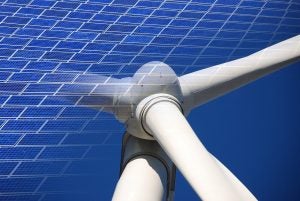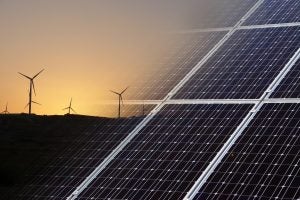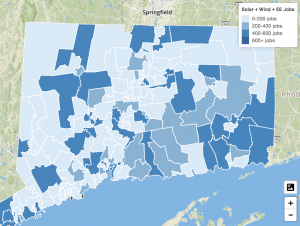 Buildings are responsible for a third of harmful greenhouse gas (GHG) pollution from U.S. electricity use, with that percentage rising dramatically in urban centers. Chicago is no exception: Buildings account for approximately 70 percent of the city’s GHG emissions. Moreover, many buildings use more energy than they need to, which is unnecessarily expensive and damaging to the environment.
Buildings are responsible for a third of harmful greenhouse gas (GHG) pollution from U.S. electricity use, with that percentage rising dramatically in urban centers. Chicago is no exception: Buildings account for approximately 70 percent of the city’s GHG emissions. Moreover, many buildings use more energy than they need to, which is unnecessarily expensive and damaging to the environment.
Although there are programs like Energy Star, LEED, and Green Globes that help buildings manage energy use, they don’t always meet the needs of every building. A large portion of the built environment doesn’t have the resources to pursue complicated certifications. In fact, it’s estimated that less than 1 percent of buildings can achieve LEED certification.
To address this opportunity gap, a group of dedicated built environment professionals – with backgrounds in environmental science, policy, business, and commercial real estate – developed the BIT Building Program (BIT). BIT is a framework that drives the adoption of sustainability best practices in existing buildings, specifically those whose age, resources, and operations put other industry standards out of reach. By following BIT’s guidelines, buildings can achieve measurable improvements in energy, water, and waste impacts. Read More













 The benefits of clean energy reach far beyond protecting the environment. Investments in the U.S. clean energy sector are creating millions of jobs and supporting local communities across the country. A new online mapping tool will help illustrate this incredible progress.
The benefits of clean energy reach far beyond protecting the environment. Investments in the U.S. clean energy sector are creating millions of jobs and supporting local communities across the country. A new online mapping tool will help illustrate this incredible progress.